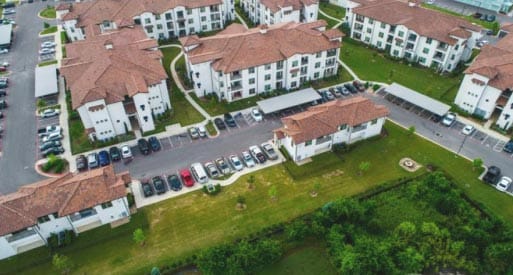Year End Property Tax Housecleaning
- This is a busy time of year for finalizing real estate acquisition before the end of the year.
- Because property tax appraised values are determined as of December 31, it is best to get the property in good position.
- Its also important, when purchasing property, to keep the purchase amount out of the news.
Well, there is good news and bad news. The good news is you made it through another year and we are headed into 2022 with excitement of a robust economy and the potential for a great year. The bad news is – we still haven’t conquered this damn COVID. But lets hope that by this time next year we have it all figured out.
Anyway, lately I have been reading several articles about new commercial real estate purchases in Central Texas and they always get me thinking about property taxes. Especially at this time– as we approach one of the most important property tax days of the year.
So that’s what we are going to talk about this week – what to do before the end of the year to put yourself in the best position to keep your property taxes in check for 2022.
So why is the end of the year one of the most important days of the year for property taxes?
Because appraisal districts set the appraised property values as of December 31.
So, for example, your local appraisal district will value your property on December 31, 2021 for the 2022 tax year. Your value is assessed as a snapshot on that date. As a result, you want to make sure you have everything prepared this week to put your property in the best position for a reduced tax appraisal.
That property’s document preparation should include the following:
- Make sure the ownership is in the property entity’s name;
- Take photos of any outstanding problems or work that needs to be done at the property;
- Get estimates for repairs that need to be completed;
- Have an up to date rent roll as of December 31; and
- Get your financials prepared for the entire 2021 year.
By having this information ready to go this week, you will be in much better position when it comes time to protest this spring.
Keep that Purchase Price and Deal Information Confidential
There is one more issue that has jumped out at me as I read the purchase articles this week. And that is – too often – someone is quoted in the article saying how much the property was purchased for. This is infuriating to me every time I read it.
As you probably know, Texas is a non-disclosure state. That means that, as a property owner, you are not required to disclose how much a property cost you to purchase. Yet, somehow, the purchase prices are getting out into the public domain. Often CoStar is quoted but they, of course, need to get that information from somewhere. So someone familiar with the deal has to disclose that information.
This is why we STRONGLY recommend having non-disclosure agreements with everyone who works on an acquisition.
Its important to stress to them that any discussion of the purchase price can literally cost you money. Because there is no doubt that the local appraisal district will be aware of what online sites are saying about how much the property cost.
In addition, appraisal districts often search the county property records for deeds of trust to estimate the purchase price. We recommend, therefore, asking your lender to leave the amount of the mortgage off the deed of trust. There is no requirement that it be included. And as long as the amount is listed in the Note, there should be no problems with collection.
This is always a busy week for real estate folks who are trying to get that final deal closed before the new year. But remember – if you take some steps now, you can also help yourself with property taxes come May.


